Pilling may be a huge pain but it’s also relatively easy to fix should you be battling this bothersome beauty problem. Here, we detail why pilling occurs and six super simple ways to stop it.
What is skincare pilling?
Pilling, like the stuff that appears on your cashmere sweaters, develops on the surface of the face when product (makeup or skincare) and dead skin (cute!) collects and forms tiny balls and uneven texture. The balls can bunch up fast, destroying carefully laid makeup and wasting precious layers of skincare and time.
Luckily, solving your pilling problem doesn’t require a skincare overhaul, just some time, care and consistency to smooth things out.
Six easy ways to solve pilling skin:
1. Exfoliate consistently, but not too much
Sounds obvious but more often than not, pilling can be caused by dead skin cells that haven’t been properly removed from the surface of your skin. These layers can stop your very important skincare from doing its job (sinking in! Moisturising! Hydrating!) and not only is it a big waste of money and time but also leads to, yep, pilling.Exfoliating two to three times per week, depending on your skin type, with a hydrating chemical exfoliant like lactic acid can help you keep on top of dead skin cells. Likewise, a gentle mechanical exfoliation via Posh Cloth, which can be used with a balm or oil cleanser like Fancy Face, can soften and smooth skin too. Just don’t over do it as over-exfoliation can damage your moisture barrier and lead to more pilling, especially if you’re using heavy-duty BHAs, AHAs and actives like retinol. This sounds unfair because it is but it’s an important reminder to give your skin a break.
2. Apply products in the right order
This step is super important and so simple, especially as you don’t want to waste all those lush oils and creams your skin needs. Ideally, you should be applying formulas from lightest to heaviest (or, water to oil-based) to give each product a chance to work. Always follow product instructions but as a general rule your application should look something like this: mists/toners, actives or treatment products, humectants, oils, creams, followed by SPF, if it’s daytime.
3. Wait 60 seconds (at least) between layers
This step is as much about patience and planning as it is about pilling, which often crops up because products haven’t had a chance to sink into the skin. Plan your application accordingly, allowing time between steps—60 seconds is ideal. In the mornings when you’re short on time, try spacing out your regimen by applying one step at a time then going about your routine (make a coffee/feed your cat/brush your teeth) before moving on to your next step. Repeat as needed.
4. Use less, and like with like
Always use the amount directed as using too much product (tempting!) can leave skin drenched and unable to soak up anything extra. You’ll also want to pair similar products together to ensure their compatibility; if you’re using an oil-based foundation, it’s going to prefer an oil-based moisturiser underneath rather than a water-based product.
5. Get very familiar with your products
If pilling persists after your diligence, try sifting through your products and familiarising yourself with their ingredients and textures as well as how they act solo on the skin. Trial and error may result in a product pilling on it’s own across the skin which is a sign of a poor formulation or an ingredient that’s pilling-prone. Silicones are occlusive and notorious for pilling as they sit on top of the skin rather than sink in. Likewise, gel-based products need extra time to dry down and have a tendency to pill, so be mindful of these types of formulas.

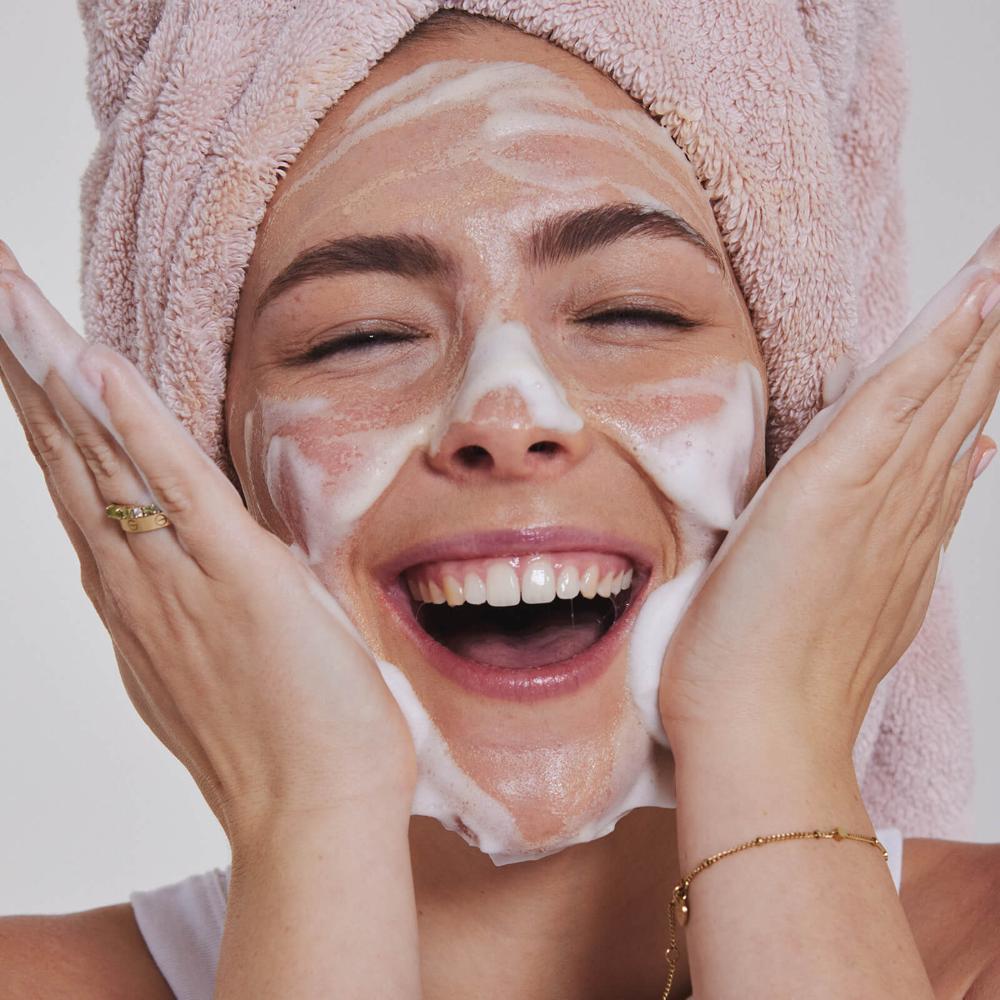
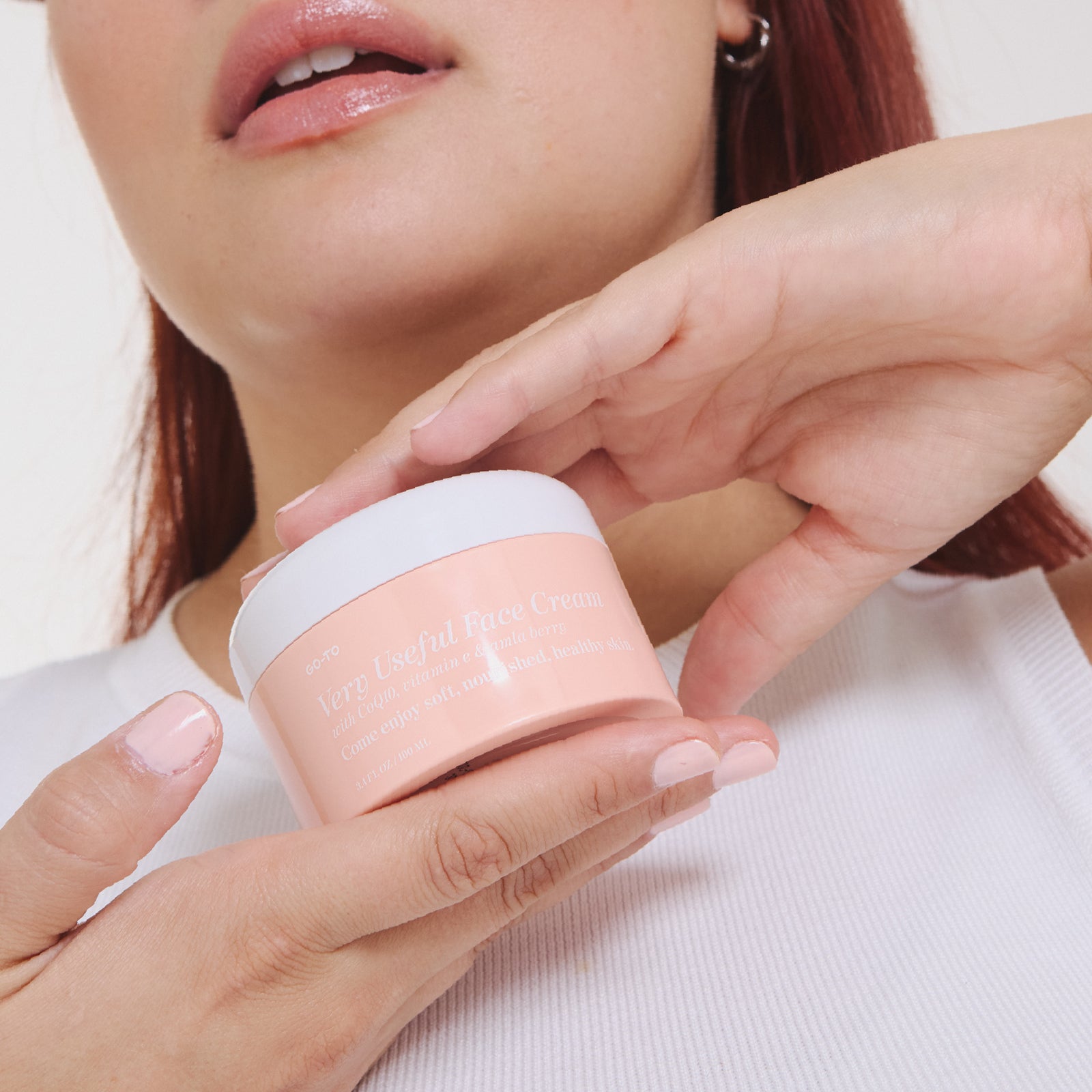

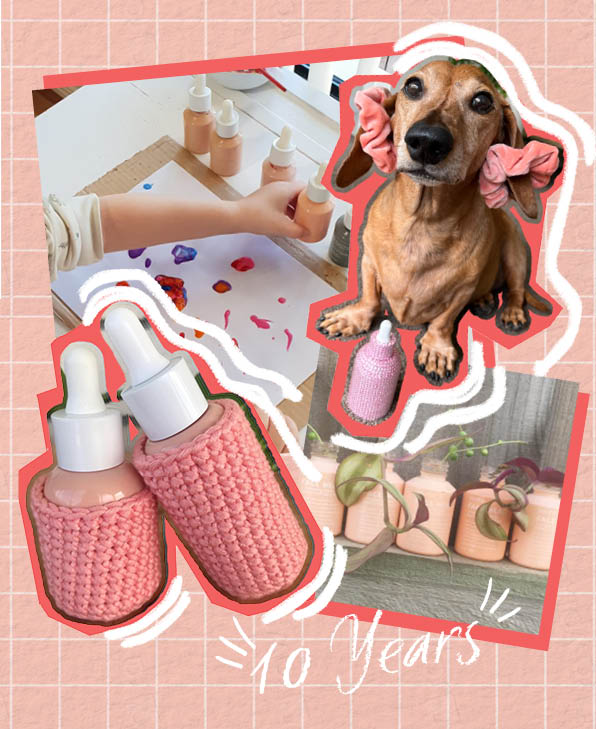

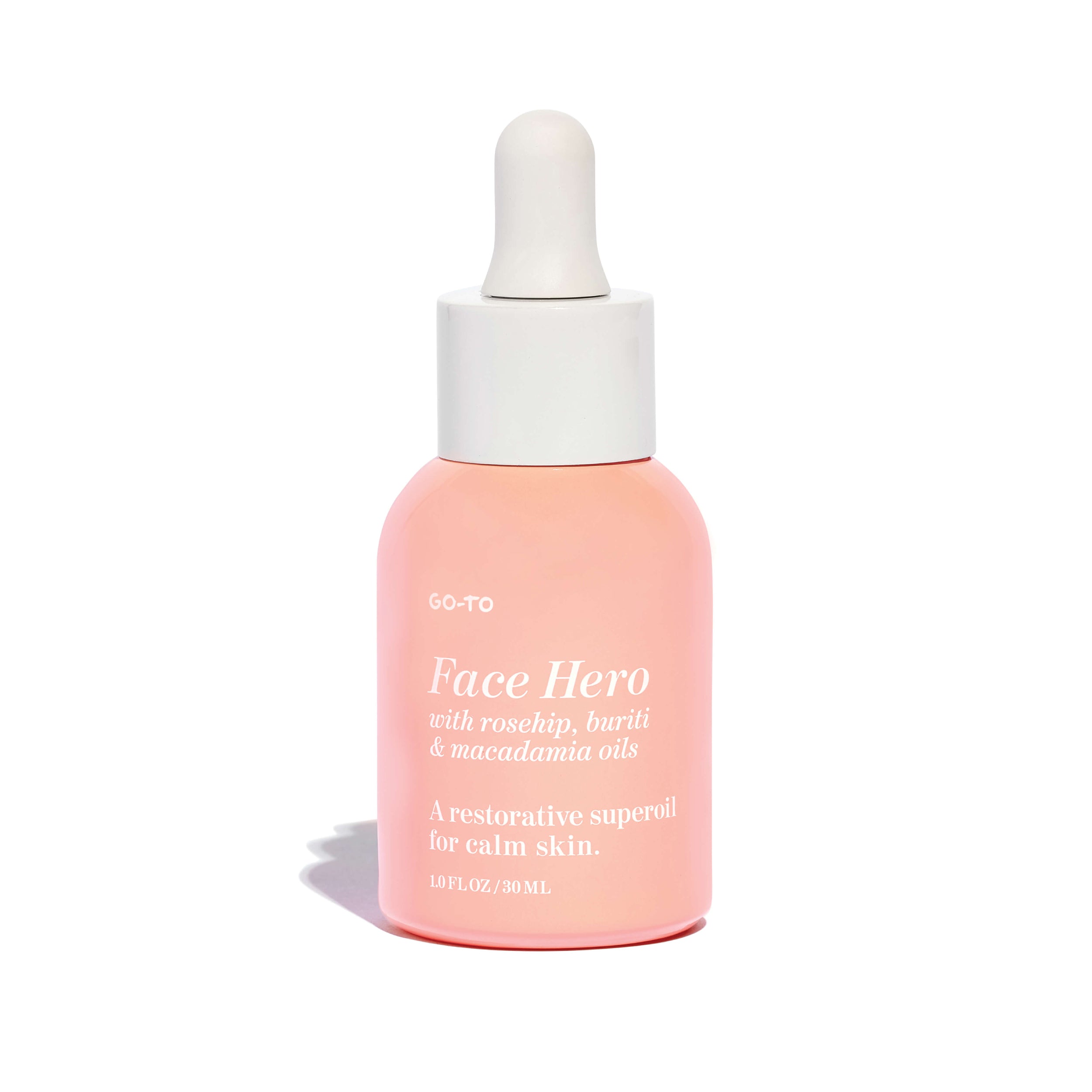
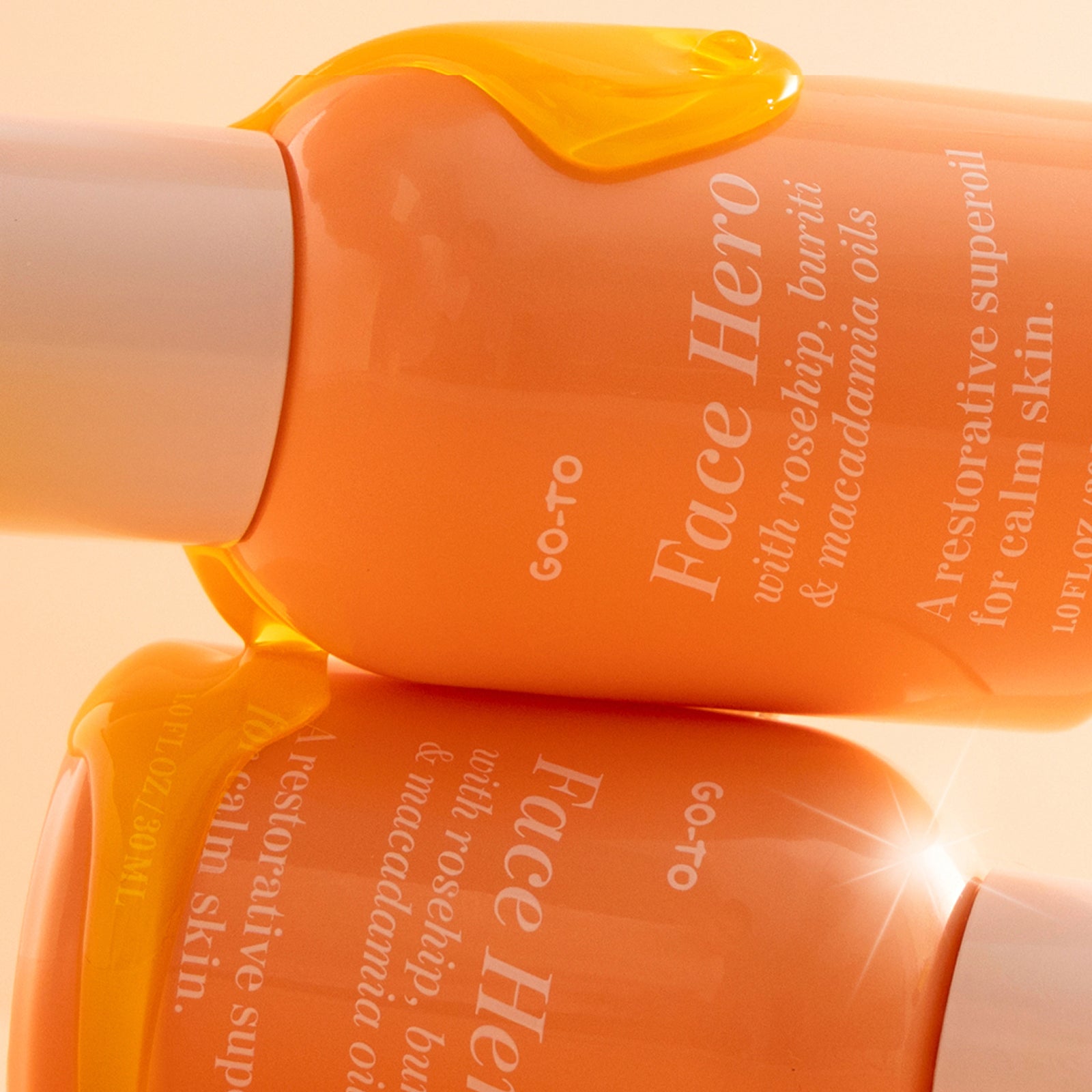
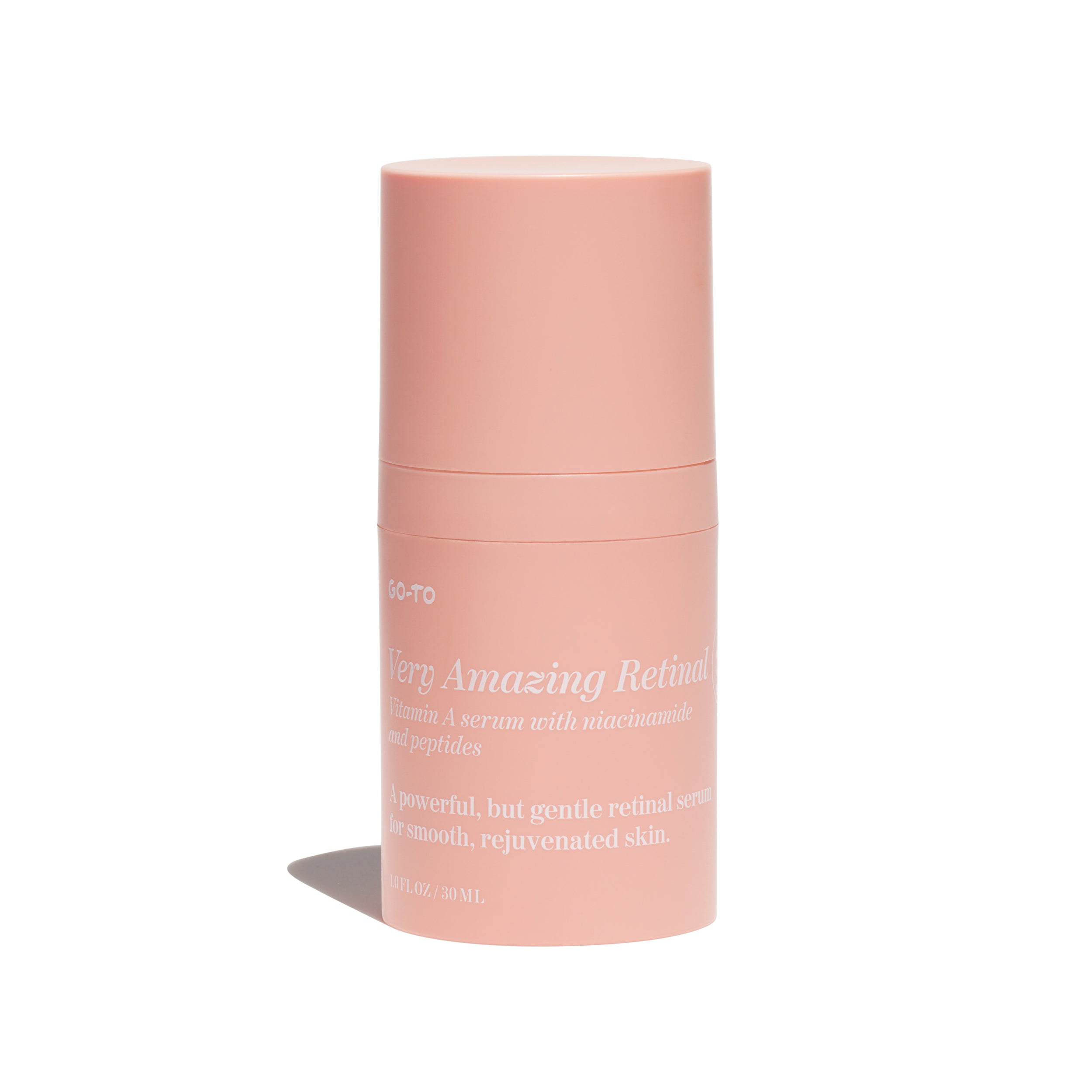


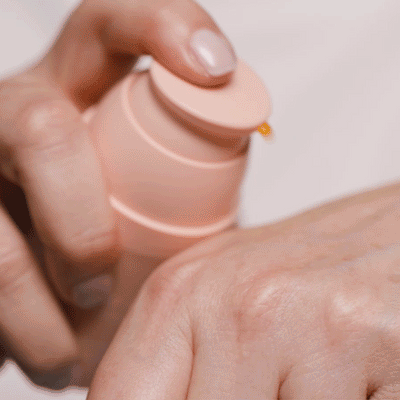


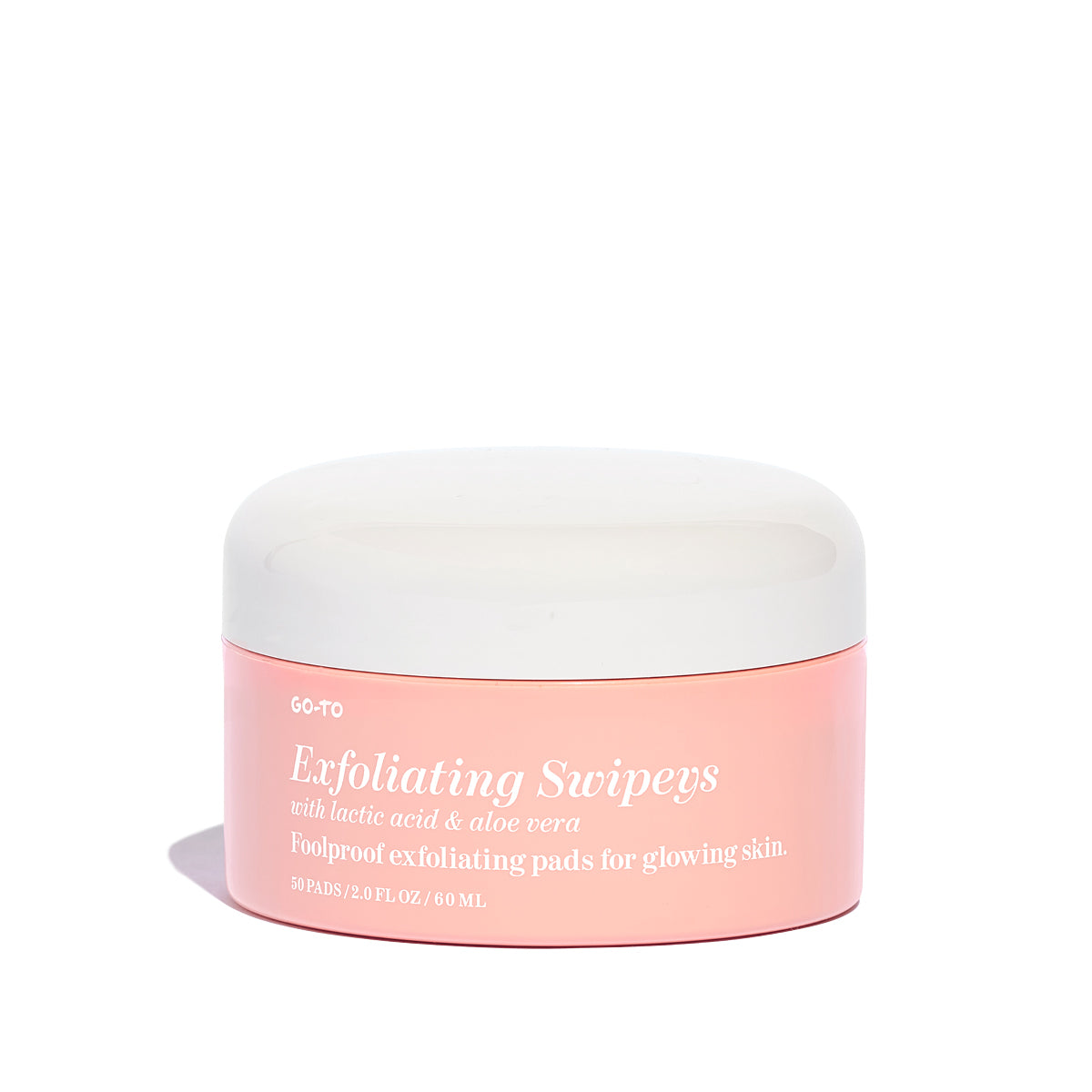

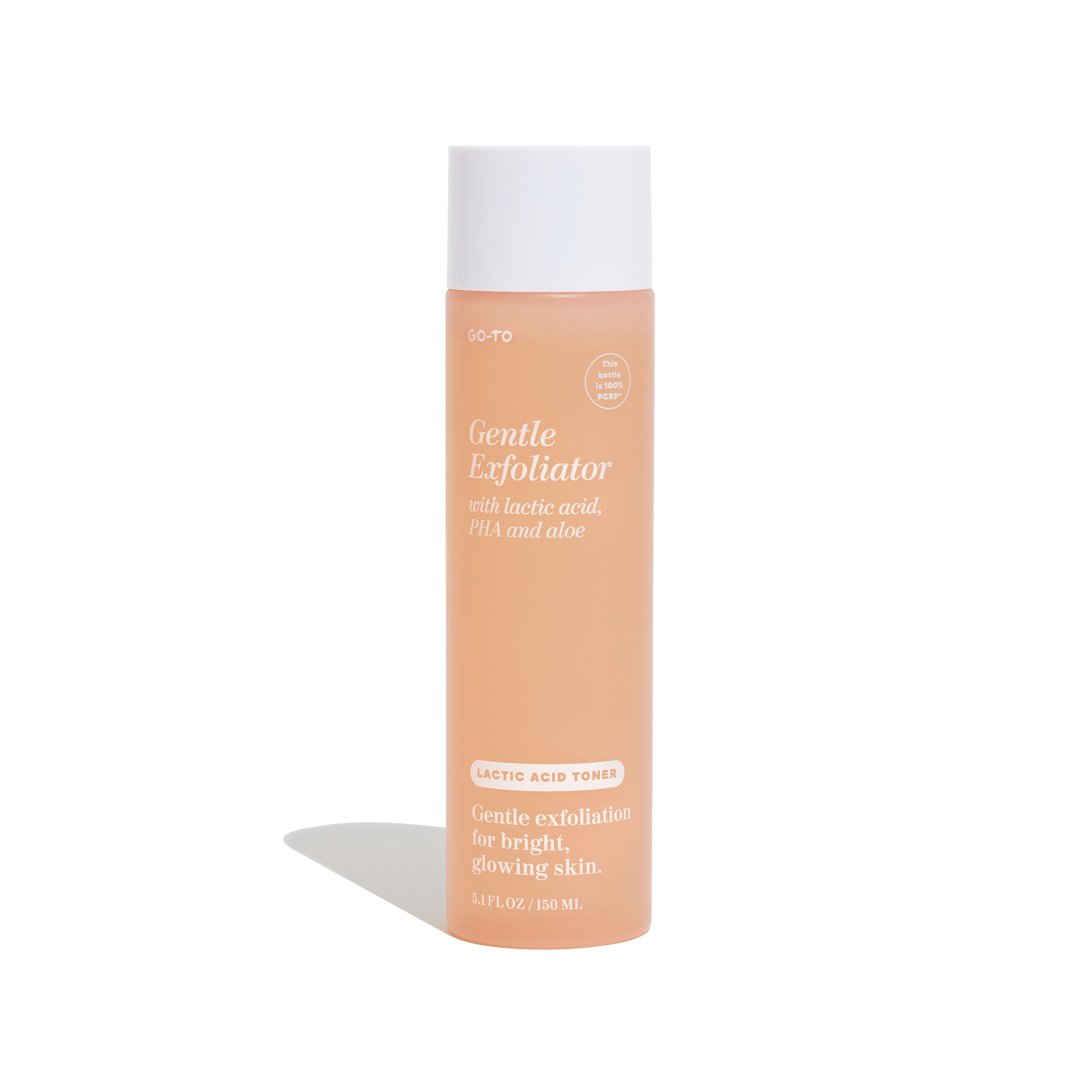
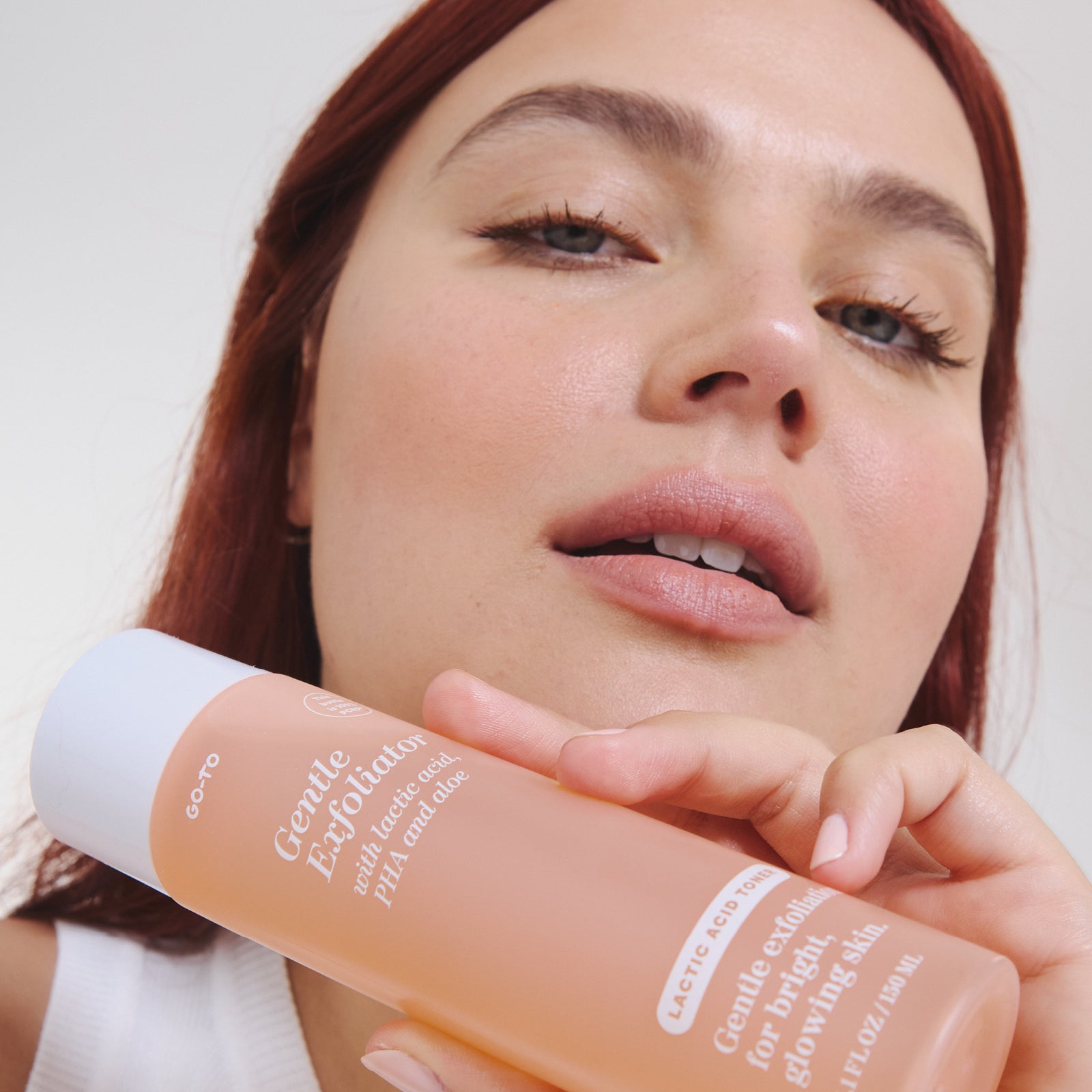
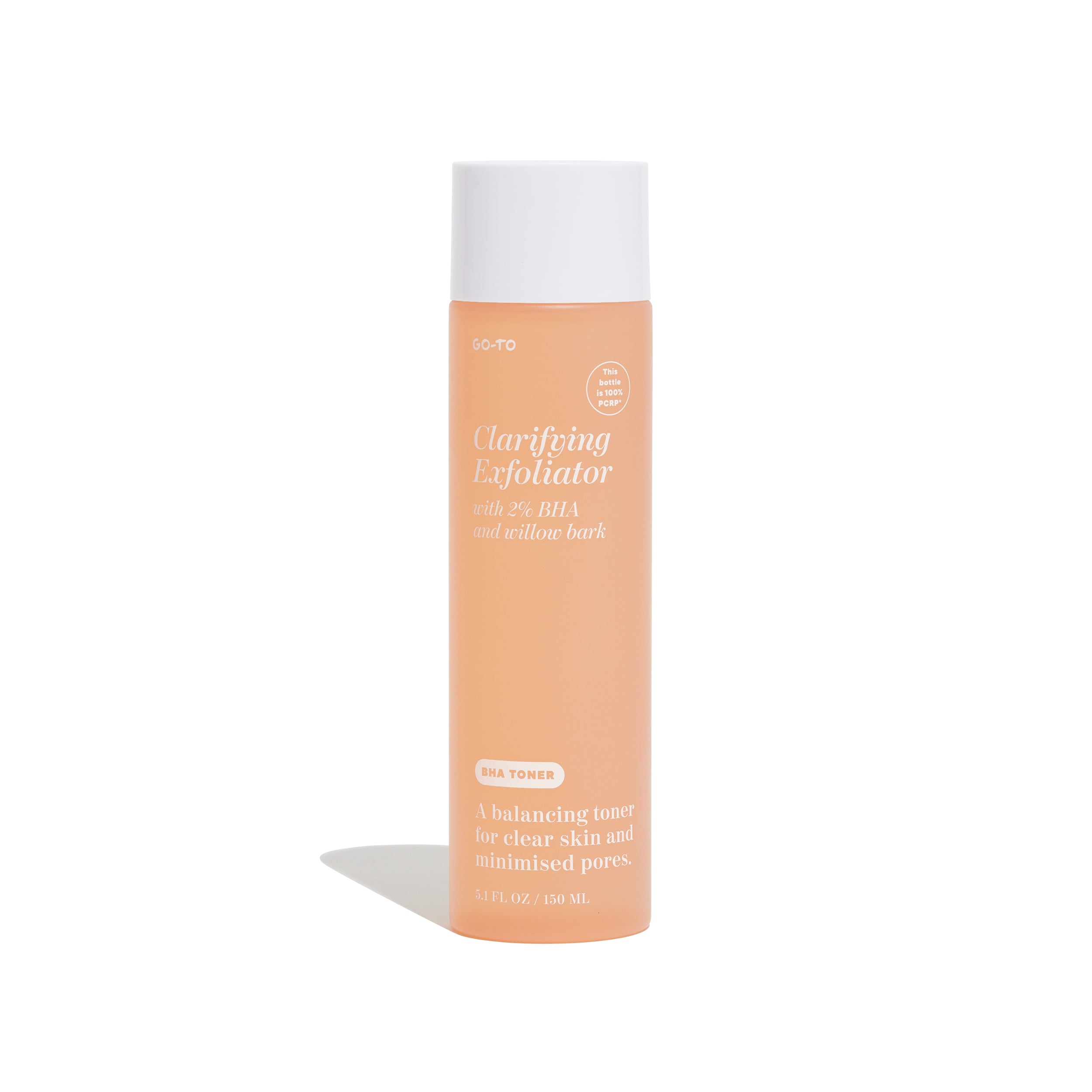
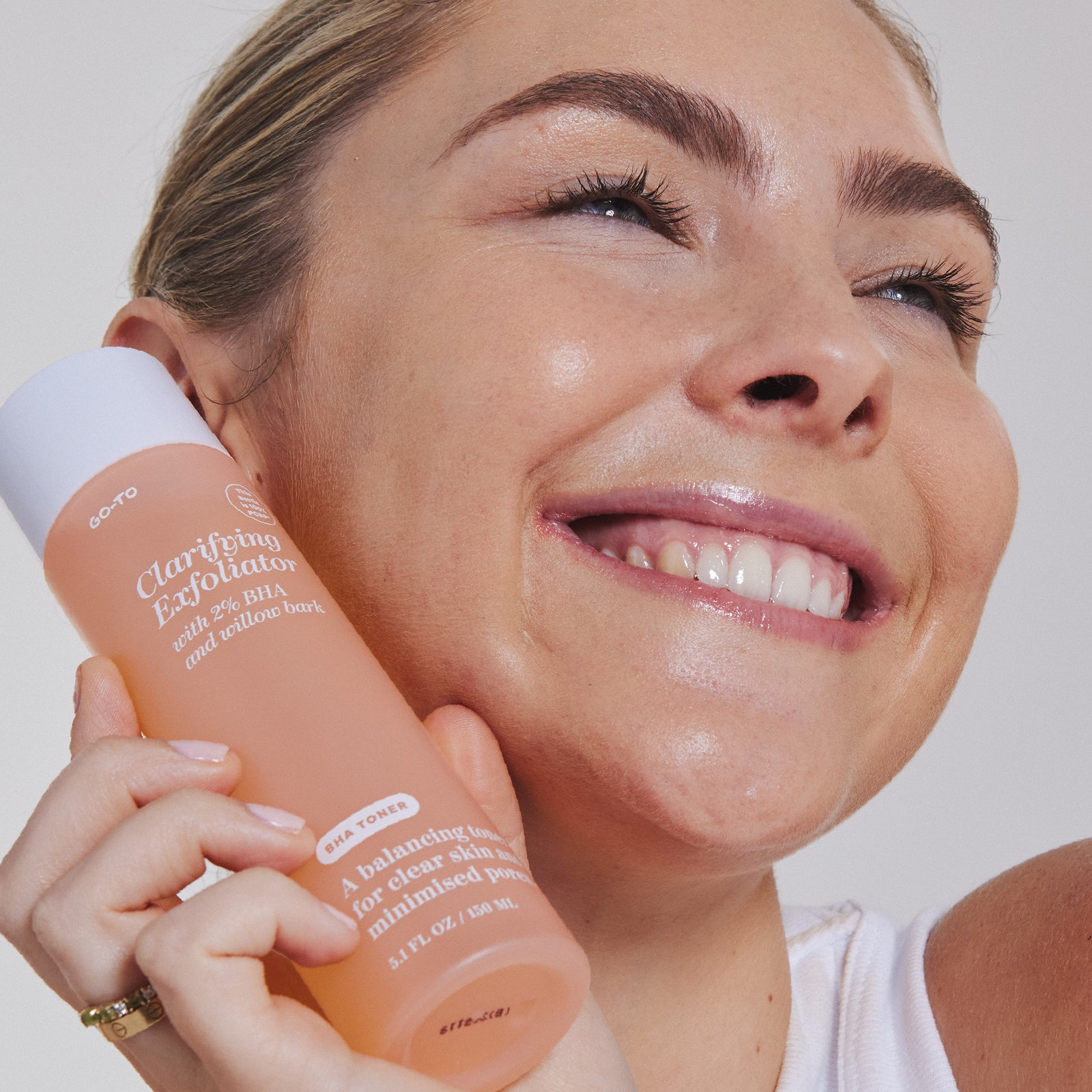
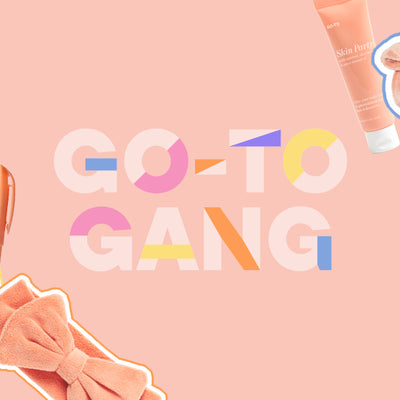
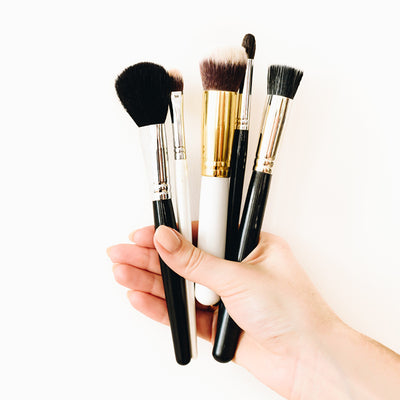
Comments